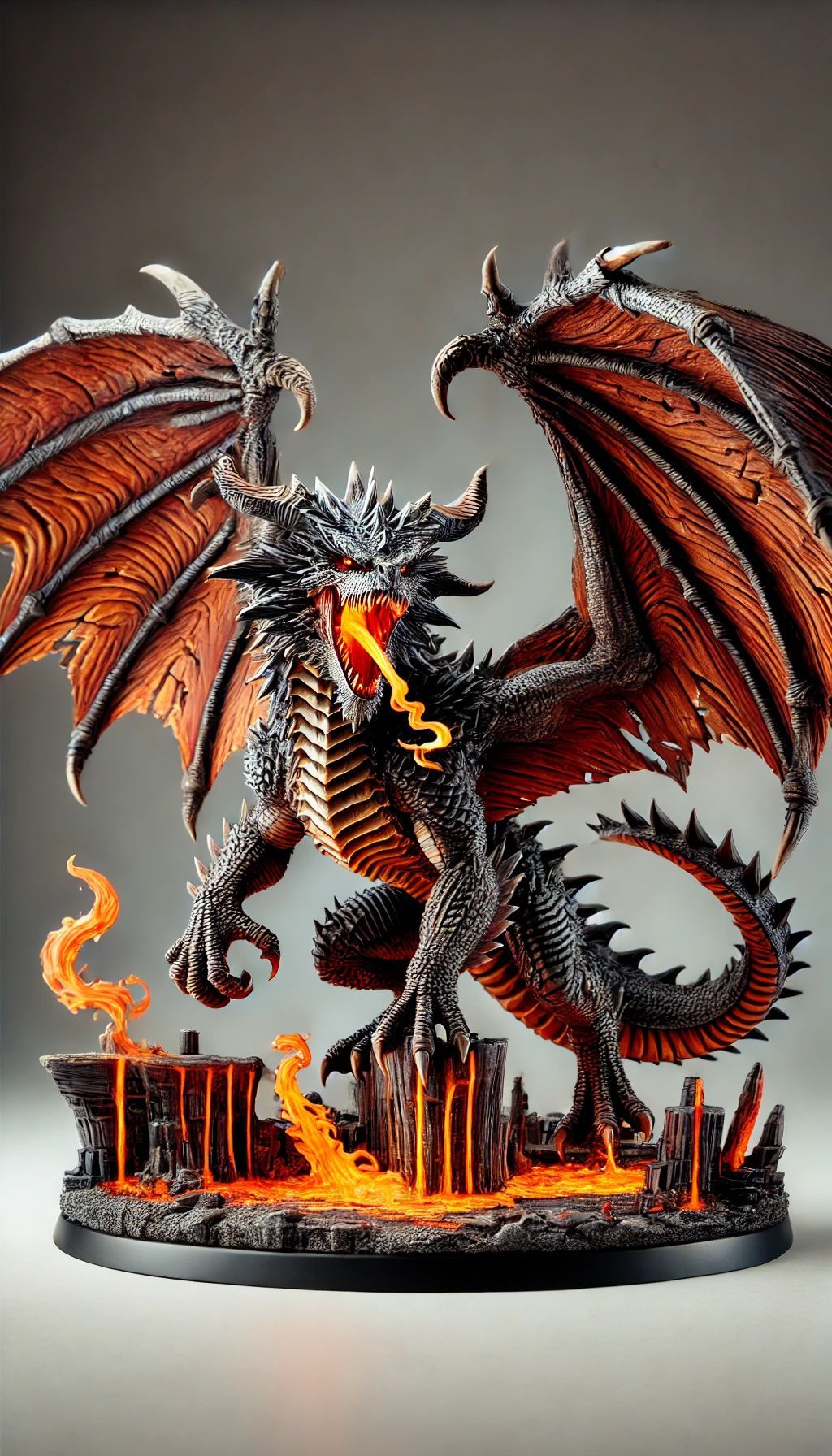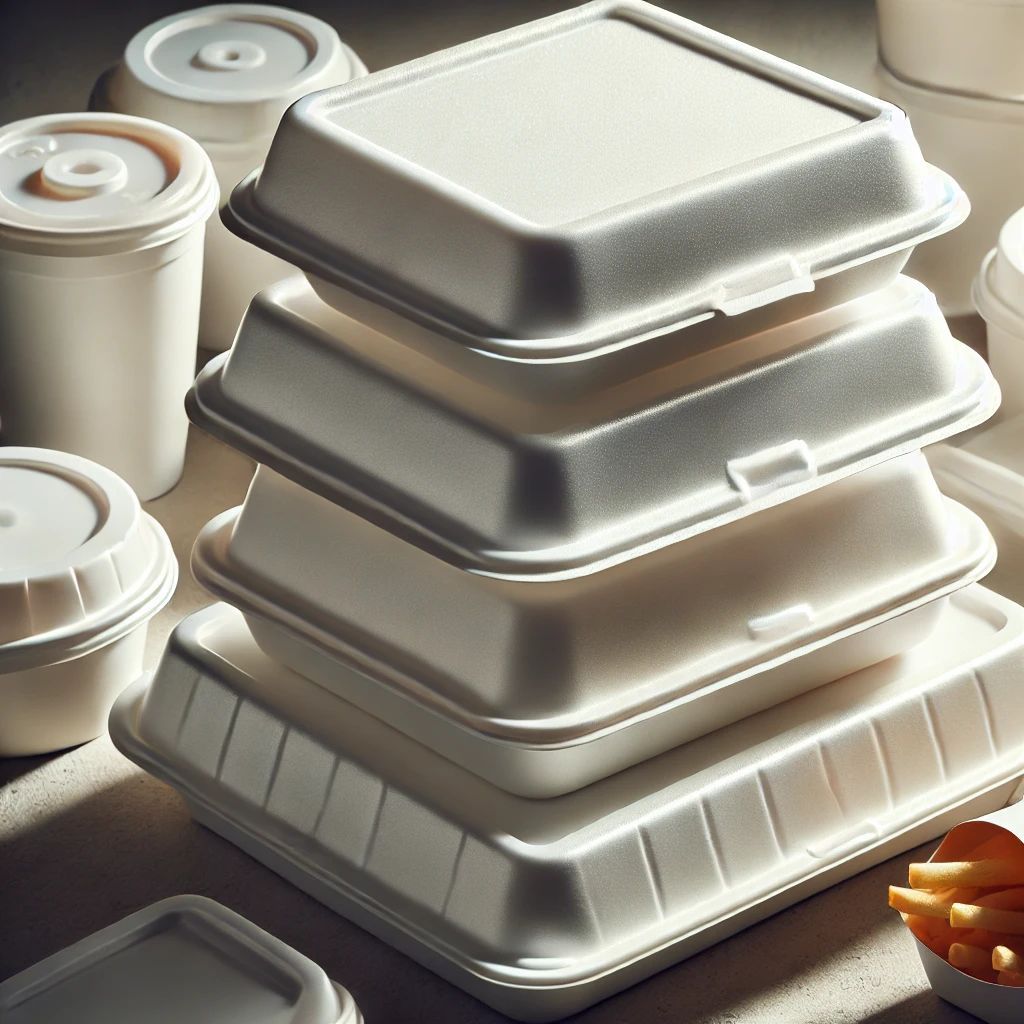A Guide to Post-Processing 3D Printed Parts: Tips and Techniques
A Guide to Post-Processing 3D Printed Parts: Tips and Techniques

Post-processing is an essential step in the 3D printing process, yet it is often overlooked or given little thought. Many people are unaware of the various techniques used to refine 3D printed parts and optimize their surface finish and durability.
Whether you’re a novice 3D printer or an experienced professional, understanding post-processing will help you get the most out of your 3D printer and create high-quality parts.
This guide will provide you with tips and techniques for post-processing 3D printed parts, from simple sanding and painting to more complex post-processing methods such as CNC machining and laser cutting.
With the right knowledge, you can take your 3D printed parts to the next level and create truly unique and professional-looking products.
Types of Post-Processing Techniques
Post-processing is the modification and finishing of 3D printed parts after printing. Post-processing can be as simple as sanding a 3D printed part to remove rough and uneven surfaces and create a smooth finish, or it can be as complex as converting a 3D printed part into a completely different and unique product using CNC machining or laser cutting.
This guide will cover the most common post-processing techniques.
- Sanding - Sanding is an incredibly useful technique that can be used on almost every type of 3D printed part. Sanding is the process of removing material from a surface to create a smooth finish and reduce part imperfections. Although it might sound like sanding would reduce the strength of the part, it actually does the opposite by increasing the part’s contact area and providing a more even contact pressure.
The key to successfully sanding a 3D printed part is to use the right type and level of abrasive paper.
- Painting - Painting is a useful post-processing technique that can be used to enhance and customize the appearance of 3D printed parts.
The type of paint and finish used will depend on the desired look and application of the 3D printed part, so it is important to consider these factors when choosing a paint type and finish. There are many different types of paints available with different finishes and pigment options, so there is sure to be a paint type and finish that will meet your needs.
- CNC Machining - CNC machining is a sophisticated post-processing technique that can be used to create a completely new product from a 3D printed part. The type of CNC machine used will depend on the desired part geometry and material.
For example, a CNC machine that uses a spindle for cutting will not be suitable for creating intricate parts with a small geometry. CNC machining is a great post-processing technique that can be used to create functional parts and artistic pieces alike.
- Laser Cutting - Laser cutting is another sophisticated post-processing technique that can be used to create a completely new product from a 3D printed part. The type of laser used will depend on the desired part geometry and material.
Unlike CNC machines, lasers are not suitable for creating intricate parts with a small geometry because they can only cut through a material in a single pass.
Laser cutting is a great post-processing technique that can be used to create artistic pieces and functional parts alike.

Tips for Post-Processing
- Choose the right abrasive paper - The right paper is essential for successful sanding and can make or break a post-processing project. The wrong paper can cause damage to the part and leave unsightly scratches and imperfections, so it is important to select the right paper for the job.
If you aren’t sure which type of paper to use for a specific application, it is best to ask someone with experience or research the best paper for the job.
- Select the correct paint type and finish
- The type of paint and finish used will depend on the desired look and application of the 3D printed part, so it is important to select the right option for each part.
If you aren’t sure which paint type and finish to use for each part, it is best to ask someone with experience or research the best paint type and finish for the job.
Considerations for Different Types of 3D Printing Processes
- Fused Deposition Modeling (FDM) - FDM is a reliable form of additive manufacturing. It is great for prototyping and low-volume production and is suitable for a wide range of applications.
The surface quality of FDM-printed parts is generally rough, but it can be sanded down to create a smooth finish.
- Stereolithography (SLA) - SLA can produce parts with a very smooth surface finish. This is because the parts are created in a liquid state and are therefore free from surface imperfections and bubbles.
Additionally, SLA parts are often made with a resin that cures to a very hard finish, meaning they often don’t require additional post-processing.
- Selective Laser Sintering (SLS) - SLS parts generally have a smooth finish but can be sanded down to improve their surface finish.
SLS parts are created using lasers to fuse fine particles together, so they are suitable for intricate and complex geometries.
Automated Post-Processing Technologies
While there are many traditional post-processing techniques, there are also a number of automated post-processing technologies that can be used to further modify and finish a 3D printed part.
Automated post-processing technologies are a great alternative if you don’t have the time or expertise to complete traditional post-processing techniques.
- 3D Printing Direct to Parts - 3D printing directly to parts is a post-processing method that can be used to create functional parts. The process involves 3D printing a functional part directly on a 3D printed base part.
This technique is commonly used for biomedical applications and is a great alternative to traditional post-processing techniques.
- Selective Laser Sintering (SLS) - SLS parts can be finished with a high-pressure water jet. The water jet cuts away the surrounding base part, leaving the SLS part intact.
The SLS part can then be used as a functional end product.
This is a great way to finish an SLS part, and it won’t require any additional post-processing.
Conclusion
Post-processing is an important part of the 3D printing process and can be used to enhance and refine 3D printed parts.
Post-processing can be as simple as sanding a 3D printed part to remove rough and uneven surfaces and create a smooth finish, or it can be as complex as converting a 3D printed part into a completely different and unique product using CNC machining or laser cutting.
This guide will help you understand the different post-processing techniques and how to use them to create high-quality parts.












